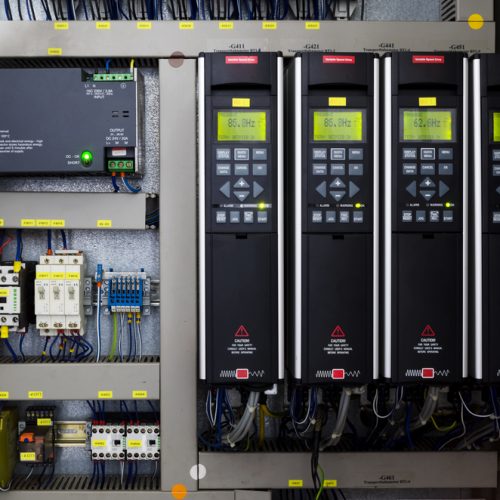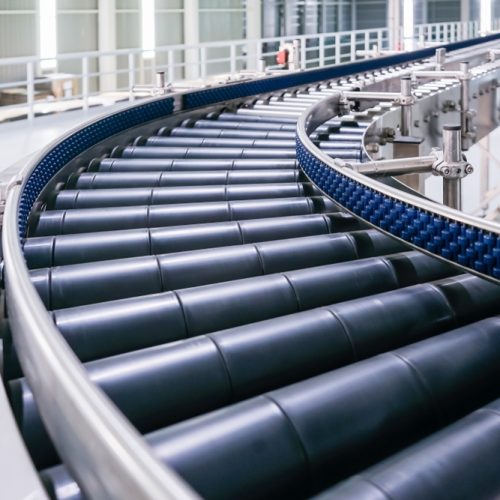



The market for electric motors of the 2000s is increasingly dominated by three phase asynchronous motors, also called induction motors. This trend began in the late 1980s, when IGBT type transistors reached high quality and reliability. These components, in fact, have proved to be fundamental for the development of power electronics in order to create devices for the control of three phase asynchronous motors, namely inverters.
Before then, speed regulation on three phase asynchronous motors was almost impossible, and was carried out either with mechanical systems (speed variators) or electromechanical systems, but with considerable energy losses. Direct current collector motors were therefore used. In the 1 990s, inverters became increasingly popular for the speed control of asynchronous motors, and this technology, in the mid 1990s, saw the introduction of a new model even more revolutionary than the first: the “vector” inverters . With this technology we have practically arrived at the control of the complete and high precision three phase asynchronous motor, such as to make the DC motor obsolete.